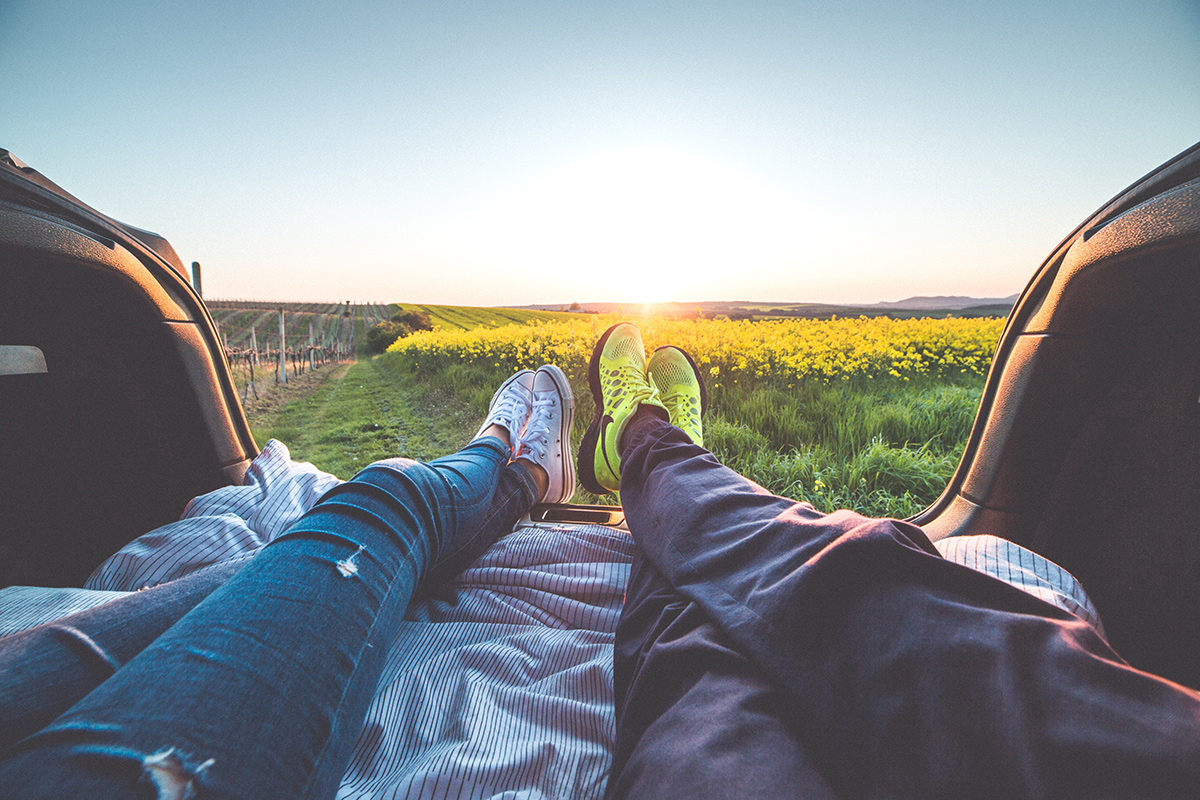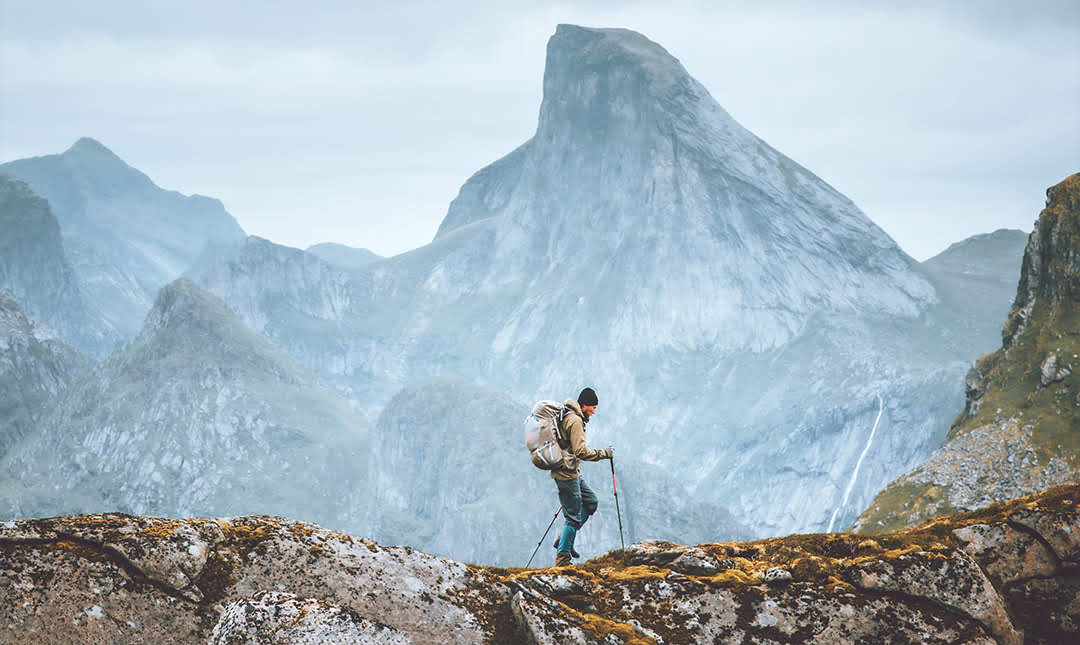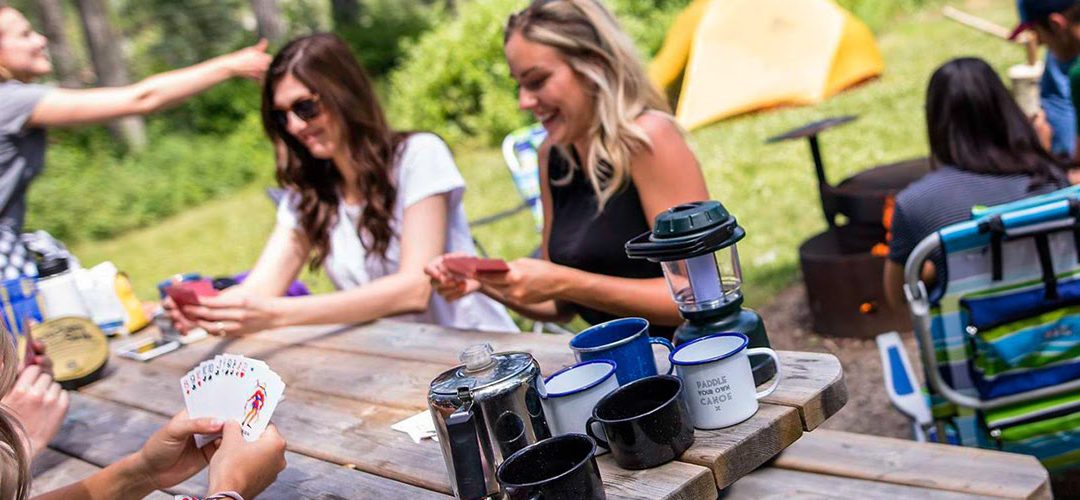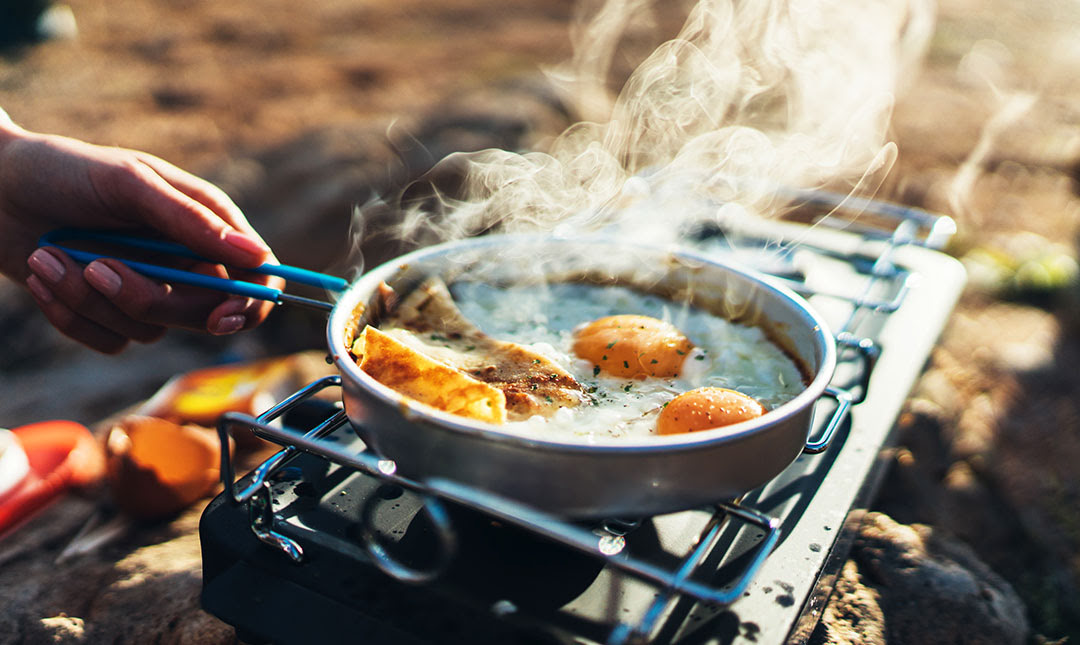Spring camping offers incredible experiences—the fresh scent of new flowers blooming, more baby animals to admire (at a safe distance), and way fewer insects to worry about than your typical summer trip. However, spring camping isn’t always guaranteed to be a walk in the park, so you’ll still need to pack and prepare for your trip responsibly.
Below, we’ll cover the environmental conditions you should expect to face when camping in the spring and how to be ready for them. We’ll also include details about the best gear to take on a spring camping trip (and a few tips for setting up your campsite). Read on—adventure awaits!
Spring Camping Weather: What Should You Expect?
It’s tempting to pack for warm conditions when planning a spring camping excursion—after all, spring is when the snow starts melting, right? While that may be true in a general sense, it’s vital to remember that inclement weather still occurs in spring and pack accordingly.
Furthermore, spring is the least predictable season in Canada when it comes to weather, offering much more variety than the others. Our winters are typically harsh, our summers tend to be short and relatively hot, and even autumn is easier to prepare for since people tend to anticipate the gradual onset of cold conditions once summer ends.
What you don’t want to do is anticipate summer conditions while packing for a spring camping trip—or you can easily find yourself at the mercy of unexpected wind, rain, snow, and hail. All it takes is one look at Trip Advisor to find horror stories of underprepared spring campers who were forced to find motels when things got too cold and wet for their light clothing and thin sleeping bags.
See also: 12 Ways to Stay Warm While Camping.
Hot (But Not Too Hot) Weather Tips for Spring Campers
- The days might be getting warmer, but the nights can still get cold. Stay cozy by packing warm layers and a suitable sleeping bag (more on this later).
- Many mountain lakes will likely still be frozen until late April, so don’t plan on canoeing. However, you also shouldn’t plan on walking across the ice because it will be in the process of thawing and more likely to break.
- Canadian springs have more rain, wind, and temperature fluctuations than any other season (unless you happen to be camping in BC’s Lower Mainland during the winter, in which case we’ll just assume freezing rain is something you enjoy). You might be tempted to leave behind your windbreaker, raingear, or waterproof bags, but don’t.
What to Pack for Successful Spring Camping
While we’re on the subject, let’s talk about what to take if you want to make the most of your spring camping experience. The following is a list of items we consider essential for staying safe and comfortable throughout the season:
- A 3-season sleeping bag is designed to keep the average person warm in temperatures ranging from -15°C to -1°C. Don’t just look for this rating, though—you’ll want to consider other factors as well, including the bag’s fit, features, and insulation type.
Also, make sure to check the forecast for the area where you’ll be camping ahead of time so you can tell whether a 3-season sleeping bag will actually offer enough warmth. Certain regions can drop below -15°C even in the springtime, and it’s best to use a bag rated for a few degrees colder than the conditions in which you plan to sleep. If you’re camping in elevated or remote northern regions, you’ll probably want something warmer.
- Tents have similar ratings to sleeping bags. A 3-season tent will likely be adequate for spring camping in most regions, but it never hurts to take a 4-season tent just in case. For best results, take the 4-season tent as a backup (you should have a backup tent anyway, just in case the one you’re using becomes damaged during your trip).
- Appropriate layers are a must for springtime campers since the weather can be so mercurial. Pack moisture-wicking base layers with long sleeves and pant legs, an insulated hoodie or jacket for your mid-layer, and an outer shell that provides high resistance to both wind and rain. If you’re going somewhere colder, put an insulation layer made of down or synthetic material between the mid-layer and the shell as well.
Springtime Campsite Setup Tips
Finally, here are a few key considerations for setting up your campsite during a springtime trip to the woods or mountains:
- Bring a pad to go between your sleeping bag and the tent floor. The ground is still thawing during springtime, so it will be colder and harder than it would be during the summer.
- Take along a tarp to shield your tent from rain and provide a covered space for activities such as cooking. It can be hard enough to start a fire outdoors without rain falling on top of it.
- Consider bringing a portable propane or electric range as a backup cooking solution.
- Be extra careful when disposing of leftover food and garbage. Baby animals are more likely to be out and about in spring than any other season—and while they can be adorable, you probably don’t want them (or their parents) digging through your campsite for scraps while you sleep.
Master Your Next Spring Camping Trip
Spring can be fantastic for camping—as long as you prepare accordingly. Use what you’ve learned above to pack the right gear, plan for appropriate activities, and optimize your campsite so that you can enjoy all that nature has to offer on your camping trip this season.





Recent Comments